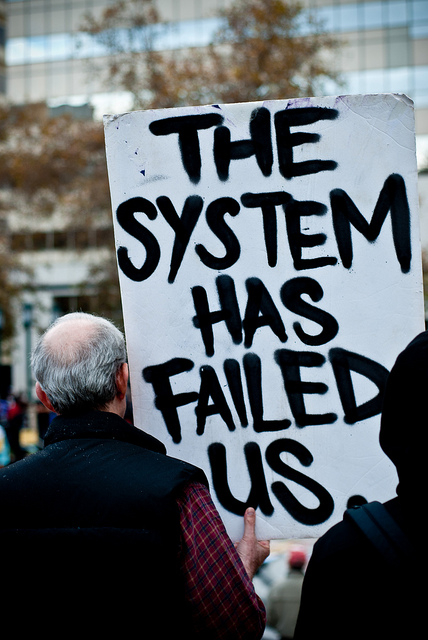Where does California rank in per-pupil spending? Depends who you ask. I’ve seen us ranked 46th, 41st, 29th or even 22nd.
But no matter which number you use, when you consider that we have more low-income children and English learners than anyone else in the country, it’s not enough. It’s time we addressed the structural funding issues head on, rather than settling for more short-term band aids and bonds.
EdSource did a solid job of breaking down the different ways school spending is compared by different groups with different methodologies. Turns out the big difference is whether you include cost of living in your assessment of how sufficient the school funding is. When researchers used the so-called “comparable wage index,” California was ranked 46th and 41st. These are the right numbers.
California’s bad math on school funding
As someone who has worked across states and localities, I’ve seen huge differences in average and starting salaries for educators. And the vast majority of school budgets are staffing: the average teacher salary in New York is $77,957, in South Dakota it is $42,025, with accompanying cost differences in everything from housing to hot dogs. A $10,000 per-pupil may work in South Dakota, it won’t work in New York, where the actual per pupil is $22,593.
When I work in New York, we get a per-pupil payment that actually meets the needs of students and even receive a multiplier payment for high-needs students. For students with special needs, you can actually cover the cost of the required extra services.
Meanwhile, in California, we have high costs and a low per pupil, and that’s a recipe for disaster. California has the fourth-highest average teacher salary at $72,842, but the per-pupil estimates drawn from recent data range from $10,291 to only $11,329. Thankfully we have been putting money into education through temporary taxes like Prop 30 and Prop 55 which temporarily extended Prop 30’s tax, but that is temporary. Otherwise we make up the difference through local property bonds, which are about the most regressive and unfair way you can fund schools.
And because California has kicked the can down the road, there will be rapidly increasing pension costs, which will swallow up future funding increases. Pensions will rise between 2-4 percent of annual personnel costs for the next five years, so even if we still see continued steady increases in funding, schools would not see much of it.
And all of this assumes a fairly rosy and stable economy in California. That’s a big assumption.
Fortunately there are two things we can do.
- Reform Proposition 13
First, education actually is a giant slice of the state budget pie at over 40 percent, but the pie is too small and Proposition 13 is the major culprit. With that proposition, California voters capped the taxes for all property.
Structurally we need to revise Prop 13, keeping the cap for homeowners who need it, but largely removing it from commercial property and McMansions. If you want to look at the advocacy efforts please join some of the Proposition 13 reform advocacy groups.
- Invest in Our Educators, Money, Well-Spent Matters
Schools are human institutions and we need to make them more humane and sustainable places to work. That will take more resources, and a rebalancing of our priorities. We are a rich state, yet we are 46th in our investment in education or “effort” according the California Budget and Policy Center, which is a measure of the percentage of taxable assets that states invest in education.
Unless we increase accountable spending in California, we will face an even greater crisis. There is a looming teacher crisis, that will compound our current one, and unless we address the compensation, training and working conditions of staff, it won’t matter what fancy plans, improvements or reforms we try to implement. There won’t be enough qualified staff to do the work.
And we all know which schools and children will bear the brunt of that.
We can’t do more with less endlessly in California, and students will eventually pay the price—even more than they are now. It’s up to adults to fix that.

